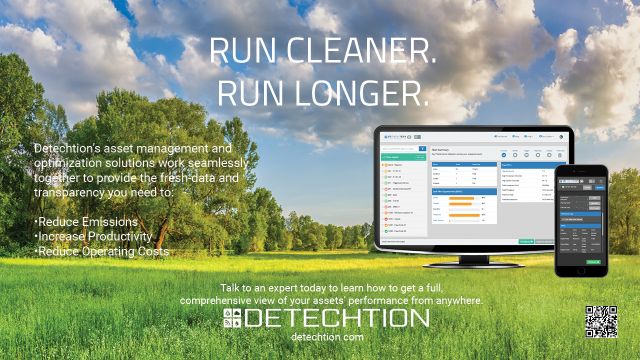
The big ask: How do you simultaneously leverage operating efficiency and minimize environmental impact for disparate assets in the field?
Reduce LOE by Digitalizing Workflows & Business Processes
Traditional methods of decreasing Lease Operating Expenses (LOE) include deferring maintenance, divesting properties with higher costs, or even cutting production and personnel altogether.
The industry is called to reevaluate its approach to established workflows, ticketing systems, and ops management practices (some dating back 30-40 years) throughout their organizations to establish effective & scalable programs that pass environmental requirements. Whether through decreased carbon levies or their equipment’s electricity usage and fuel gas consumption, finding low-cost, high-impact opportunities for efficiency gains is a crucial step for oil & energy companies to save themselves both emissions and expenses.
Ensure Accurate Configurations to Prevent Unexpected Maintenance Events
Some of the biggest culprits for lofty expenses and emission issues are production units that have been sub-optimally configured in remote locations. Compressors and chemical injection systems often lack the visibility required to address issues that could lead to major breakdowns and throughput lost in the field.
In other words, the unit could be quietly wasting power and releasing unnecessary emissions, resulting in high maintenance costs and fines when an unplanned outage occurs.
Implement Asset Performance Management Software to Expedite Decisions & Reporting
By implementing Asset Performance Management software (APM) with remote monitoring infrastructure and predictive maintenance programs, companies can confidently manage by exception to save time, money[1], and run an effective emissions reduction program. Offsite personnel using APM as their main optimization tool cite fewer unplanned callouts, more efficient production, and increased compressor throughput.
In 2015, Detechtion Technologies calculated that its customer base eliminated over 600,000 metric tons of annual CO₂ emissions (equivalent to 130,000 passenger vehicles in North America[2]) by optimizing their compressor fleet with Enbase cloud-based Asset Performance Management (APM) software – a number that has no doubt grown substantially over the years.
“The primary value of APM is identifying opportunities to increase utilization in compressor fleets. It is equally important to increase efficiencies, save power consumption, and reduce carbon emissions without sacrificing production,” Kirk Hanes, Chief Revenue Officer for Detechtion, said.
[1] By integrating the Enbase Hub edge device to Enalysis™, Detechtion’s APM, customers reported a 6% reduction in fuel costs by avoiding unplanned callouts.
[2] According to the Environmental Protection Agency (EPA), the typical passenger vehicle emits about 4.7 metric tons of CO₂ per year.

